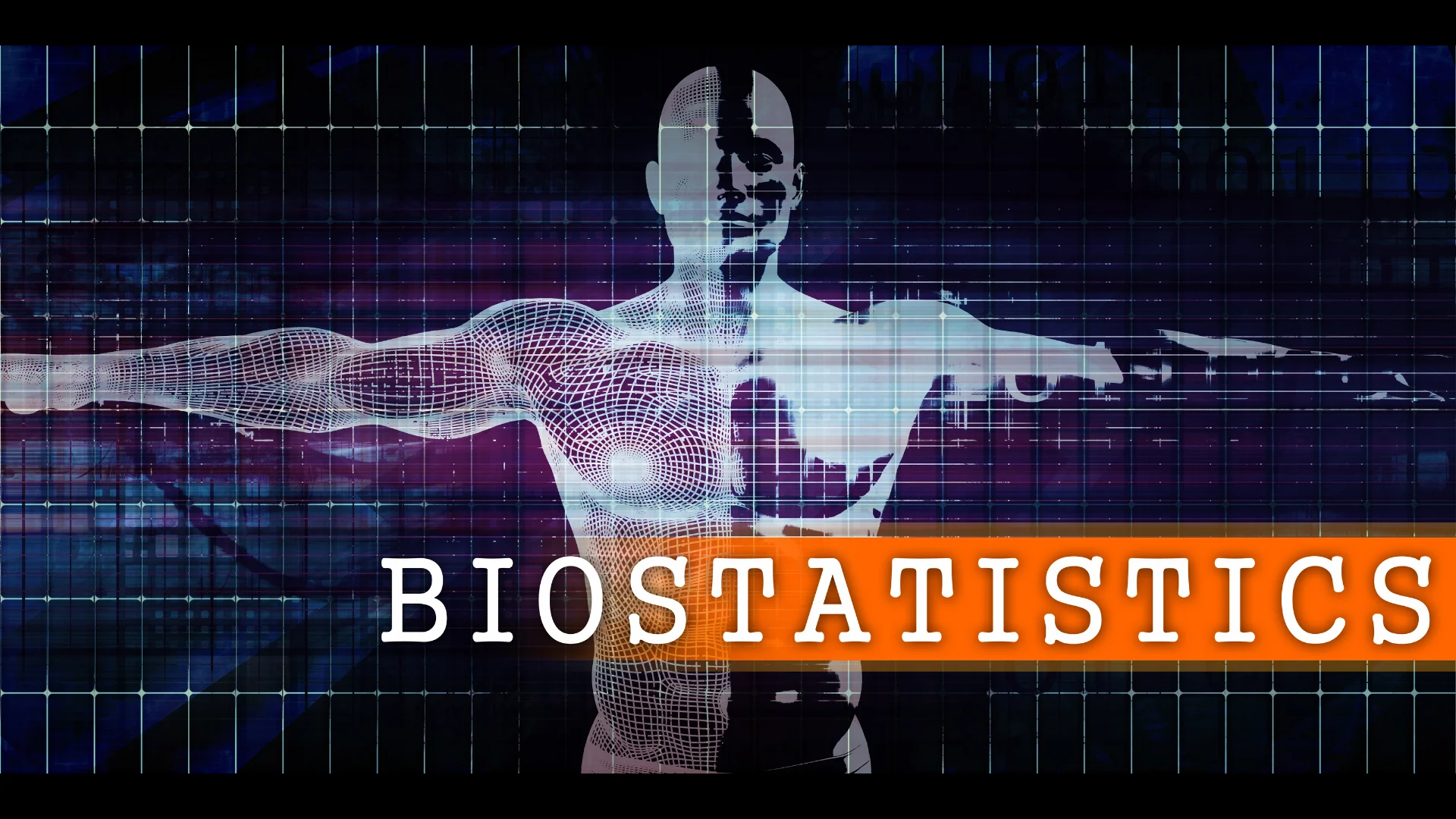
In the journey of drug development, biostatistics emerges as a cornerstone, ensuring that the path from the laboratory bench to the patient’s bedside is navigated with precision, efficiency, and scientific rigor. For Phase 1 Clinical Research Organizations (CROs) like BioPharma Services, which serve as the first gatekeepers in the clinical testing of new therapeutic agents, the role of biostatistics cannot be overstated. It underpins our methodologies, informs our decision-making, and significantly influences the success rate of drug development projects. As we collaborate with drug development sponsors and small biotech firms, our collective endeavour to bring safe and effective treatments to market hinges on the robust analysis and interpretation of data — a domain where biostatistics shines the brightest.
The journey of a new drug from concept to market is fraught with challenges, not least of which is the need to demonstrate its safety and efficacy through rigorous scientific testing. Here, biostatistics provides the foundation for designing these tests — from pre-clinical studies to pivotal clinical trials. At its core, biostatistics allows researchers to glean meaningful insights from complex data, guiding the development process with evidence and precision.
In the initial stages, biostatisticians collaborate with scientists to design experiments that can accurately test hypotheses about a drug’s effects. This involves determining the appropriate sample size — large enough to detect a real effect if one exists, but not so large as to waste resources. As the drug advances to clinical trials, biostatistics helps in crafting study protocols that minimize biases and variability, ensuring that the results are reliable and generalizable.
Moreover, the analysis of trial data through statistical methods enables researchers to assess the safety and efficacy of a drug objectively. Whether it’s comparing the response rates of a treatment group to a placebo, analyzing the time until a clinical event occurs, or monitoring adverse effects, biostatistics provides the tools to make sense of the numbers. It’s this rigorous analysis that ultimately informs whether a drug candidate has the potential to proceed through the development pipeline.
The backbone of successful clinical research lies in its framework, which is carefully designed by integrating biostatistical expertise. This process begins with the formulation of clear, testable hypotheses and the determination of study objectives. Biostatisticians play a crucial role in selecting the most appropriate study design, whether it be randomized controlled trials, cohort studies, case-control studies, or cross-sectional surveys. They ensure the study design is robust, capable of answering the research questions, and ethically sound.
In crafting these frameworks, biostatisticians also determine the sample size needed to achieve statistically significant results, considering the expected effect size and the power of the study. This careful planning helps to minimize and balance both type I and type II errors, ensuring that the study can reliably detect the true effect of an intervention if one exists.
Lorem ipsum viverra feugiat. Pellen tesque libero ut justo, ultrices in ligula. Semper at. Lorem ipsum dolor sit amet elit. Non quae, fugiat nihil ad. Lorem ipsum dolor sit amet. Lorem ipsum init dolor sit, amet elit. Dolor ipsum non velit, culpa! elit ut et.
Lorem ipsum dolor sit amet elit. Velit beatae rem ullam dolore nisi esse quasi, sit amet. Lorem ipsum dolor sit amet elit.